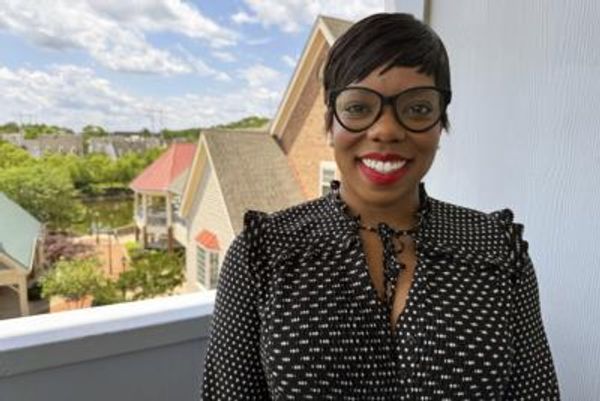
I was born near Paris but grew up on Nosy Be, a small island off the northwest coast of Madagascar. My mother is Malagasy and British, my father is Italian, and I had a relatively privileged middle-class childhood. Partly because of that, and partly because I don’t look like a Malagasy person, I always felt a sense of disconnection. Madagascar is of course a former French colony, and I went to a French-speaking school. By age 10, I’d lost the Malagasy language, despite having spoken it fluently when I was younger.
My sense of not belonging only deepened when I moved to France to study in 2009. But in photography I found a way to start exploring my feelings about Madagascar and a way to reconnect. When I want back to visit my family one summer, all my friends were talking about this martial art, moraingy. These bare-knuckle fights had been practised in Madagascar for hundreds of years, but I hadn’t attended any before and it was the first time I’d really heard people talking about it. My friends told me: “We have to go to the village near your house. They’re having this event and we have a friend who’s going to fight.” I thought, “Sounds fun.” I realised it could be an opportunity to take some strong pictures.
I wasn’t particularly interested in the sport or its rules; what I found interesting was that I saw a lot of young friends getting involved, and all of them a bit lost. The economy of the island had become very tourism-centred and young people who didn’t speak English were finding it increasingly hard to find work. Costs for everyone were rising too. Winners of moraingy bouts received a cash prize and it offered a way for insecure young people to feel good about themselves using the only things they had: their bodies.
My school let me travel back to Madagascar for two weeks twice a year for my moraingy project, but the fights only happened on Sundays, so during each visit I only had a couple of afternoons to take the pictures. I made simple portraits of participants, known as fagnorolahy, seated in front of me looking into the camera. In those, you can see how young they are – 22, 23 – but in the photographs of fights they become these powerful, statuesque entities. I would squat right by the side of the ring, so they were standing above me, and use a camera with a very wide-angle lens. The fights are very quick and not very technical: the fagnorolahy are just kind of throwing punches, trying to make the other person stumble.
That’s what had just happened in this picture, taken in 2015. The fighter fell right next to me as I was reloading the camera. When he got up, I didn’t look in the viewfinder. I just saw the referee come and kind of hug him, and took the picture at that moment. So actually the referee is helping him, getting him to stand up and checking if he’s responding.
I was less than 60cm away and I like that you can see the cord at the side of the ring pinching into the fighter’s shoulder, and how big the referee’s hand supporting him seems. That’s an important aspect of moraingy, for me: despite the fighting, there’s also a degree of tenderness. After a match, the winner and loser will embrace and take turns to lift each other off the ground. Everybody knows one another. I wanted to show that camaraderie.
I don’t know if the guy in the picture is still fighting. The last time I saw him was in 2018. When I showed him the photograph, he found it pretty but didn’t recognise himself. The reaction from other Malagasy photographers was interesting, too. They told me these were the first photographs they’d seen of moraingy, as photographs taken of Nosy Be tend to be publicity pictures to drive tourism. But my aim is to help build a new perception of Madagascar. I plan to move back next year, and to keep finding new ways of photographing my country, and of reconnecting with it.
Christian Sanna’s CV

Born: Aubervilliers, France, 1989
Trained: ETPA school of photography, Toulouse, France
Influences: “Marc Trivier, Sophie Calle, Issei Suda, Viviane Sassen, Max Pam, Patti Smith, Nick Cave, Godspeed You! Black Emperor, Felwine Sarr, and recently the movie Atlantique by Mati Diop”
High point: “Participating at African Photography Encounters in 2017”
Low point: “Being stuck during Covid.”
Top tip: “Work with people who understand your gaze and photographic language”







